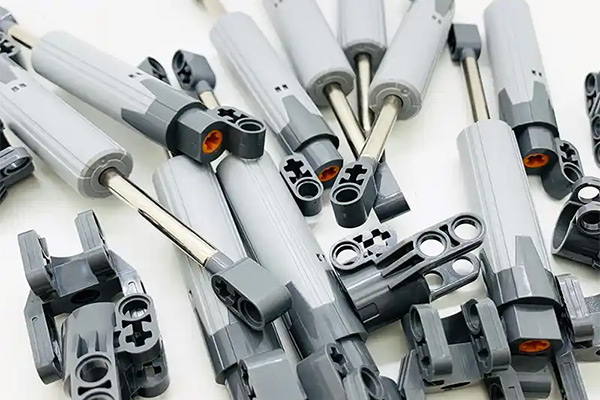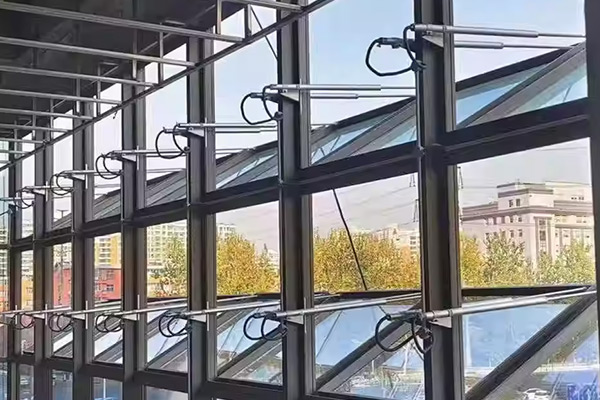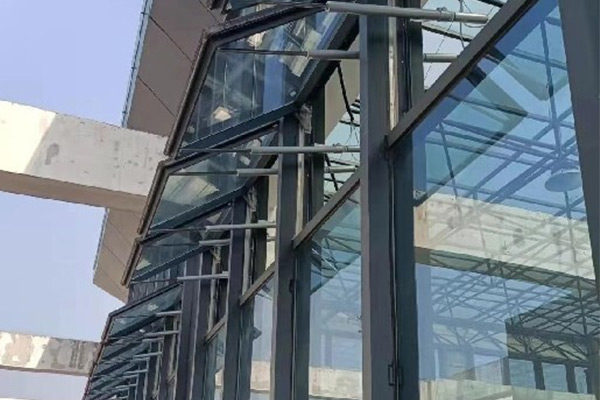Analysis of common faults and causes of electric lifting column
Electric lifting columns, a device that can be seen everywhere in daily life, have won wide praise for their safety and convenience. However, during use, the lifting column may experience some failure. Next, we will talk about these common failures and their solutions.
1. Power supply and circuit issues
Abnormal power supply
The motor of electric lifting column cannot start or lacks power may be caused by damage to the power line, loose plug, blown fuse or unstable voltage.
If the input voltage does not match (such as misconnecting a 380V power supply) will directly burn the motor. Poor contact of the circuit
The motor wire and limit signal wire are broken or the interface is oxidized, resulting in the inability to transmit the control signal or the power supply is interrupted.
2. Motor failure
Motor burnout or overheating
Long-term overload operation, poor heat dissipation (blocked vents) or continuous operation in high-temperature environments for more than 10 minutes, resulting in overheating and damage to the coil. If the motor fails, please do not disassemble or repair it privately. Please contact us to help you solve the problem.
Aging or breakdown of the capacitor will affect the motor starting performance.
Mechanical jamming
Transmission components (such as electric linear actuator and gears) are stuck due to insufficient lubrication or impurities invasion, and the sudden increase in the motor load causes abnormal noise or stop rotation.
3. Control and signal system failure
Control board (PCB) failure
The control button is unresponsive, which may be damaged by circuit board components or program logic errors. You need to check the power supply line and replace the control board.
Sensor/limit switch failure
The Hall sensor's sensitivity decreases or limit switch displacement deviation causes the lifting height to be out of control or the protection shutdown is triggered by mistake.
Remote control signal interruption
The remote control battery is out of power, the antenna is loose or signal interference causes the command to be unable to be transmitted to the motor control system.
4. Mechanical resistance and lubrication issues
Excessive transmission resistance
The friction force of the lead screw or chain increases due to rust or foreign objects, and the motor needs to output greater torque, which may trigger overload protection.
The lubricant drys out or solidifies at low temperatures, aggravates gear wear and reduces transmission efficiency.
In addition to the above faults, the electri lifting column may also have problems such as lag and abnormal noise. These problems are often associated with wear, poor lubrication or improper installation of mechanical components. Users should regularly maintain the lifting column, such as replacing worn parts, adding lubricant and adjusting the installation position. Users should pay attention to safety regulations when operating, prohibit overloading, and immediately cut off power when abnormalities.
In short, understanding common failures and solutions to electric lifting columns is crucial to ensure their proper operation. During use, users should pay attention to observing the working status of the lifting column, and promptly discover and solve problems, so as to ensure the safety and smooth operation of the electric lifting column. If the fault you encounter cannot be solved by yourself, please feel free to contact us.





